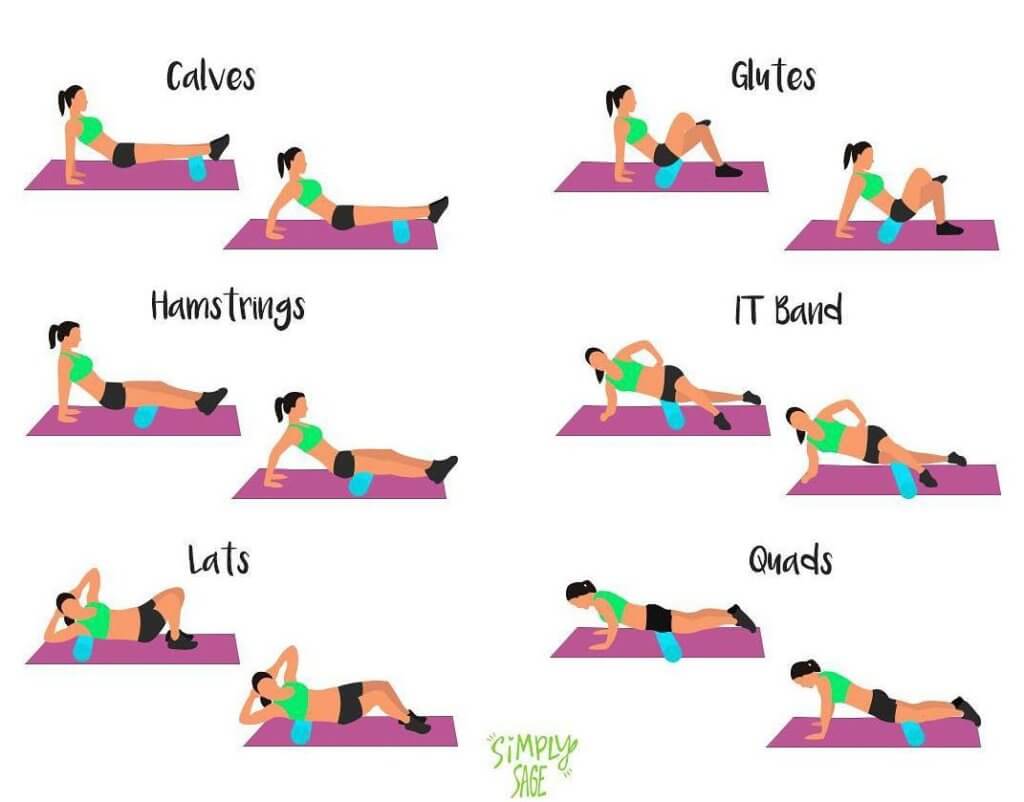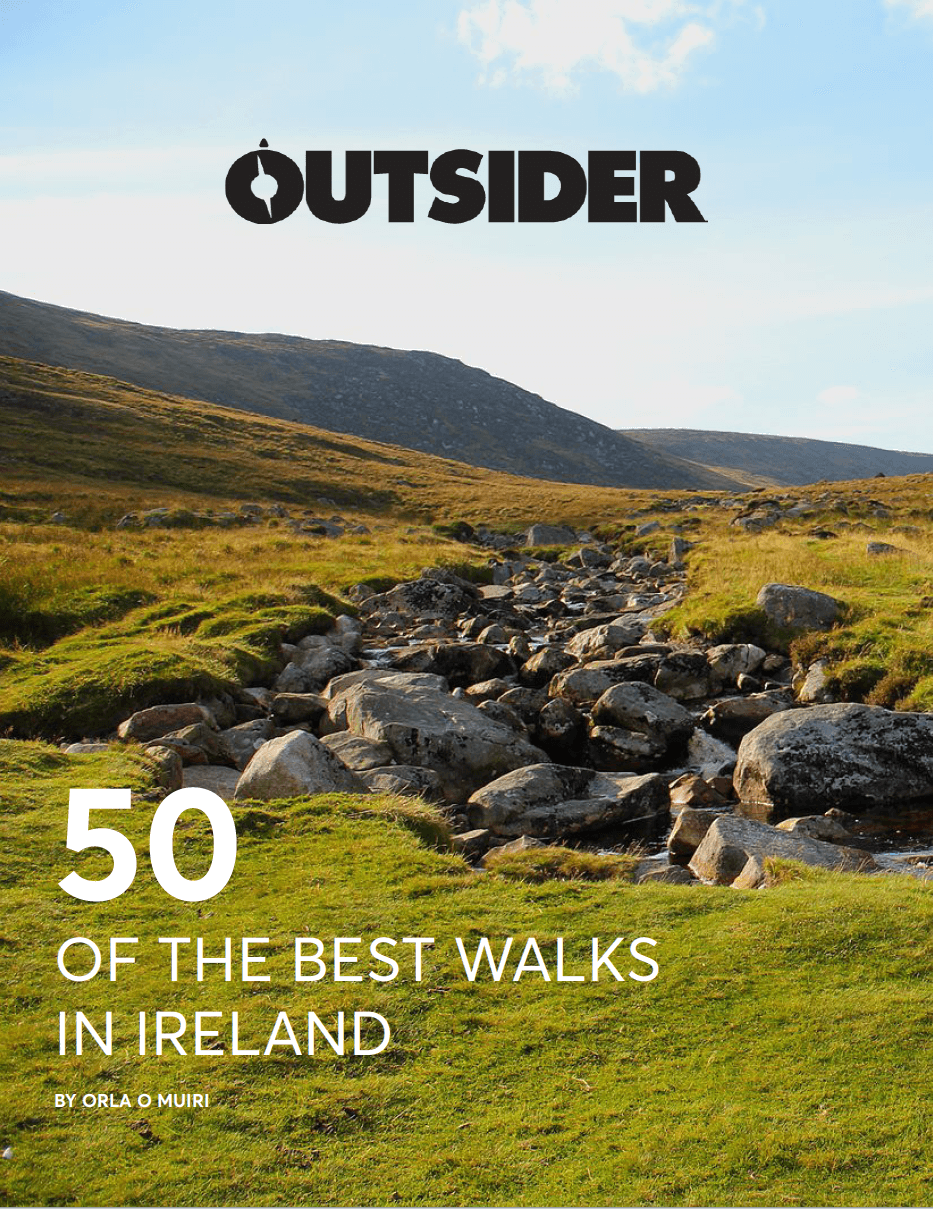Let’s face it. Being an athlete means that you’re often going to wake up to sore muscles, tight joints and an overall fatigued body. If you’re searching for a cure to these ailments, you might be overlooking one of the simplest antidotes on the market — a foam roller.
We caught up with Jon Faulkner, the lead physiotherapist at SoCo Performance, to get much-needed advice surrounding foam rolling, it benefits, and some of the best foam rolling exercises that your body is begging you to do.

Why is foam rolling beneficial?
Jon believes that foam rolling is one of the easiest ways to increase your mobility.
“They’re quite easy to use. You don’t have to be too technically minded in your exercise just to roll on something that is sore,” says Jon. “If you’re doing a stretch and you’re doing the stretch incorrectly, then it doesn’t necessarily work. Whereas, if you use a foam roller, it’s really hard to mess it up.”
What exactly does foam rolling do to your muscles?
According to Jon, rolling out your muscle has the same basic concept as using a rolling pin on a bit of pastry — it acts as a tool to physically lengthen and relax the muscle.
“Rolling compresses the muscle, and that does two things. There’s a stretching effect locally, so you’re basically pulling point A away from point B, but you’re also having an effect on the nervous system,” says Jon. “So there are sensors in the muscle that pick up the pressure sensation, and by pushing on them, you send a message to your brain and your spinal cord. [With these messages], the body can be tricked into lengthening the muscles and it can improve the length via actually lengthening the muscle rather than just stretching it out.”
On top of the stretching and neurological responses initiated by foam rolling, there is also a fascia response as well. Fascia is a sheet of connective tissue beneath the skin that attaches, stabilises and separates muscles. When rolling on your muscle, you are also rolling along the fascia, which connects multiple muscles at one time, further relaxing and lengthening the targeted muscle.
“So there’s probably three things that happen, there’s a neurological response, there’s a stretching response and there’s a fascia response. The combination of all of those three things leads to the muscle being able to lengthen and relax a little bit more,” says Jon.
Endurance Injury Prevention: Tips from the Professionals
Foam Rolling Exercises:
Knee Pain?
If you are a runner or a hiker suffering from chronic knee pain, rolling out your quadriceps and your gluteal muscles can greatly help relieve the tension in the knee.
“The muscles in your bum are connected to the ITB (Iliotibial Band), and the ITB is attached to the side of the knee. When the muscles in your bum get tight, they contract the ITB and make it tighter. When the ITB gets tight, it causes some knee pain and pain in the muscles in the quadriceps. These are the two structures that influence the knee the most,” says Jon.
Since the ITB is an extremely tight band originally, one cannot stretch the band itself. Instead, one must stretch and roll out the muscles surrounding the band in order to help it relax and lengthen.
1. Quadriceps
View this post on Instagram
Lie facedown on the floor and place the foam roller beneath your hips. Lean heavily on your right leg and roll up and down from your hip to your knee. Then, switch legs and repeat.
2. Outer Thighs
View this post on Instagram
Lie on your side with your right leg straight out and your left leg bent so that the left foot is firmly planted on the ground. Place the foam roller under your right quad. Gently roll from your hip to your knee and back, using your left foot to aid in the motion. Then, switch legs.
3. Gluteal Muscles
View this post on Instagram
Sit on the foam roller and cross your right leg over your left knee. Lean your weight toward your right hip and keep your hands behind you for support. Slowly roll one butt cheek over the roller. Then, switch sides.
Back Pain?
If you are suffering from lower back pain, rolling out with a large roller may not be the best option. Instead, try using a singular tennis/cricket ball that will more easily be able to dig into the smaller muscles in the back.
4. Back
View this post on Instagram
Sit on the floor and place the ball under your lower back. Place your hands behind you and recline backwards until your abs contract. Bend your knees and rock slightly side to side/back and forth along the muscles in your lower back.
5. Shoulders
View this post on Instagram
Lie on your back and place the foam roller or ball (depending on how intense you want the massage) behind your shoulders. Place your hands behind your head to support your neck and lean your upper back on the foam roller. Bend your knees and make tight rolls from the bottom of your neck to just below your shoulder blades.
6. Lats
View this post on Instagram
Lay on your right side and extend your right arm so that it is straight, above your head, and place the roller (or ball) just below your armpit (on your latissimus dorsi). Rest your weight on the lat and make slow and short movements up and down.
5 Essential Strength & Mobility Exercises for Athletes
Other Essentials
7. Calves
View this post on Instagram
According to Jon, rolling out your calves on a regular, full-length foam roller is not extremely beneficial. Because the calf muscle is smaller, Jon suggests using a roller with a much smaller surface area. You can make your own, mini roller by placing two tennis/cricket balls side by side and taping them together to form a peanut shape.
Sit on the floor and place your calf in the small divet of the mini, peanut-shaped roller. Gently roll back and forth to massage the sides of the calf.
8. Hamstrings
View this post on Instagram
Sit with your right leg on the foam roller. Cross your left ankle over your right ankle and put your hands behind you (supporting your weight). Roll up and down from your knee to just below your right butt cheek. Then, switch legs and repeat.
Check out our Hard as Nails podcast:
Like this? Check out these other articles:











